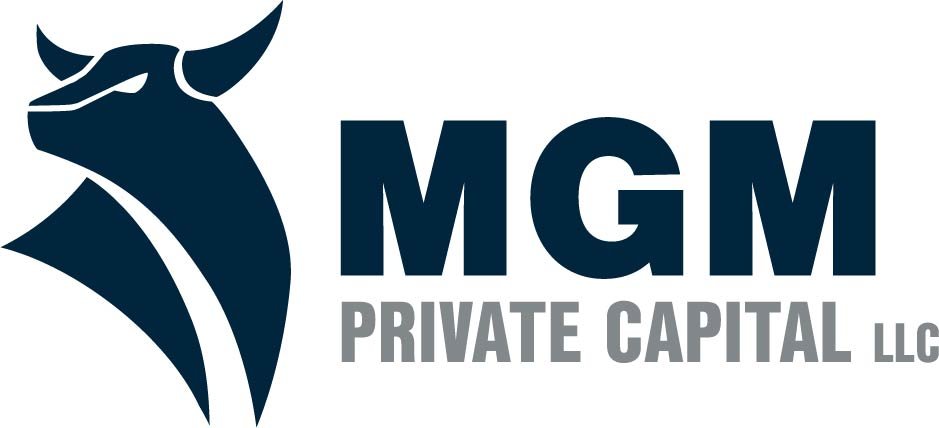
Seeing What Others Can’t
Property spotlight: investors who can see what others miss, see the trash and disrepair as an opportunity.

Going Up! How Adding a Level Can Multiply Profits
Going Up! How Adding a Level Can Multiply Profits
If you’re an experienced investor in southeastern Wisconsin, you’ve noticed the rising prices and tight inventory in premium neighborhoods. Here’s a strategy that’s delivering outsized returns: adding a second level to an existing home.
In areas where land is scarce and single-family homes already cost a premium, going up can unlock significant value—and profit—if executed well.
Why Going Up Works in Wisconsin
Land is limited, but demand is strong
Neighborhoods like Whitefish Bay, Elm Grove, Shorewood, Mount Pleasant, and parts of Wauwatosa and Brookfield have seen increasing demand for larger, modern homes. Buyers in these areas know what they want: open layouts, modern finishes, extra bathrooms, and premium features. Often, the lot size is insufficient for an addition, but buyers are willing to pay more for additional square footage.
Price per square foot escalates sharply with “premium” space

Transparency, Trust, & Terms
Transparency, Trust, and Terms: How to Pick the Right Funding Partner
If you’re a real estate investor in southeastern Wisconsin, you’ve noticed that private money is flowing, and with it, more lenders than ever are vying for your deals. On the surface, that’s good news. More choices should mean better terms, competitive rates, and improved service.
But how do you separate the lenders who truly have your best interests in mind from the ones who don’t?

Is Flipping Worth It In 2025?
Is Flipping Worth It In 2025?
The Wisconsin Counties Where the Math Still Works
MGM Private Capital, LLC
If you’re a real estate investor in 2025, you’ve probably noticed a national trend—tight inventory, rising interest rates, and intense competition. This climate can make profitable flips harder to find in many markets. But in parts of Wisconsin, the math still works.
While some regions are struggling with flat appreciation and long days on market, several Wisconsin counties are bucking the trend. They’re seeing steady price growth, strong buyer demand, and competitive bidding—even in higher-rate environments. For investors, that means the right deal in the right neighborhood can still turn into a profitable flip, provided you know where to look and how to move quickly.
The Market Picture: Waukesha & Kenosha Counties Leading the Charge
Waukesha County continues to hold one of the strongest real estate positions in the state. Inventory remains limited, with well-updated homes drawing multiple offers within days of hitting the market. As of June 2025, median sales prices are not just holding—they’re climbing, often 5–8% higher than last year, and many properties are still selling above list price.
Kenosha County is showing similar resilience. Proximity to both Milwaukee and Chicago makes it attractive for commuters and hybrid workers, while investors love the mix of affordable entry points and strong appreciation potential. Average days on market remain low, and move-in-ready homes regularly spark bidding wars. For flippers, these dynamics signal that quality rehabs will be met with eager buyers ready to pay a premium.

Key Takeaways from the 2025 Tax Bill for Real Estate Investors
Key Takeaways from the 2025 Tax Bill for Real Estate Investors
Can smart investors turn tax rules into powerful wealth-building tools?
We don’t usually feel like new tax law affords new opportunities, but for those of us in real estate and private lending, the 2025 tax legislation offers a few meaningful shifts worth understanding.
I recently reviewed a presentation by John Hyre, a respected tax attorney and CPA who’s worked with real estate investors for decades. His take was refreshingly grounded with practical, investor-focused insights.
Here are a few takeaways that matter if you’re building a real estate portfolio or actively lending capital.

“What’s the Rate?” vs. “What’s the Return?”
“What’s the Rate?” vs. “What’s the Return?”
From Price to Productivity: A Smarter Way to Think About Private Capital
As investors, it’s easy to focus on cost when evaluating a deal. Rates, points, fees—we’re wired to evaluate purchases this way. But in real estate investing, capital shouldn’t be looked at as an expense, rather as an accelerant for higher returns.
Using other people’s money (OPM) should be evaluated not by how much it costs, but by what it makes possible:
Can you do more deals?
Can you do better deals?
Can you exit faster, driving greater returns per year?

Should Investors Double Down in this Strong Seller’s Market?
Mid-range Flips and Turnkey Rentals are Flying Off the Market
Why Investors Are Doubling Down in this Strong Seller’s Market
Milwaukee is heating up—and not just with summer temps. The city’s single-family real estate market is showing up strong, especially well-priced, updated homes. If you are evaluating a potential flip or considering a property to rent out, here’s what you need to know before you move on your next Milwaukee deal.

Leverage Loan Seasoning to Refinance Smarter
When it comes to real estate investing and refinancing, timing matters—especially when it comes to a concept known as loan seasoning.
Loan seasoning refers to the amount of time that has passed since a property was purchased or transferred into a new ownership entity. For lenders—particularly banks and traditional financial institutions—seasoning is a sign of borrower stability.
Most banks want to see 6 to 12 months of on-time payments before they’ll approve a cash-out refinance or a long-term fixed loan. This “seasoning period” demonstrates that a borrower can manage the property and debt responsibly.


In a seller’s market, where inventory is flying off the MLS, is there still an ROI on staging?
Does staging have an ROI in a seller’s market?

Southeastern Wisconsin's New Home Construction Market
Milwaukee New Construction (from Lot to Lovely Home)

Real Estate: A Tangible and Stable Asset in a Volatile Market
Given the current instability in the U.S. stock market, investors are rethinking their strategies. Daily volatility, economic uncertainty, and policy-driven disruptions make traditional equities feel increasingly unpredictable. Add in the rising costs of goods, and it becomes clear that relying solely on the stock market may not be the most resilient path to long-term financial growth.
